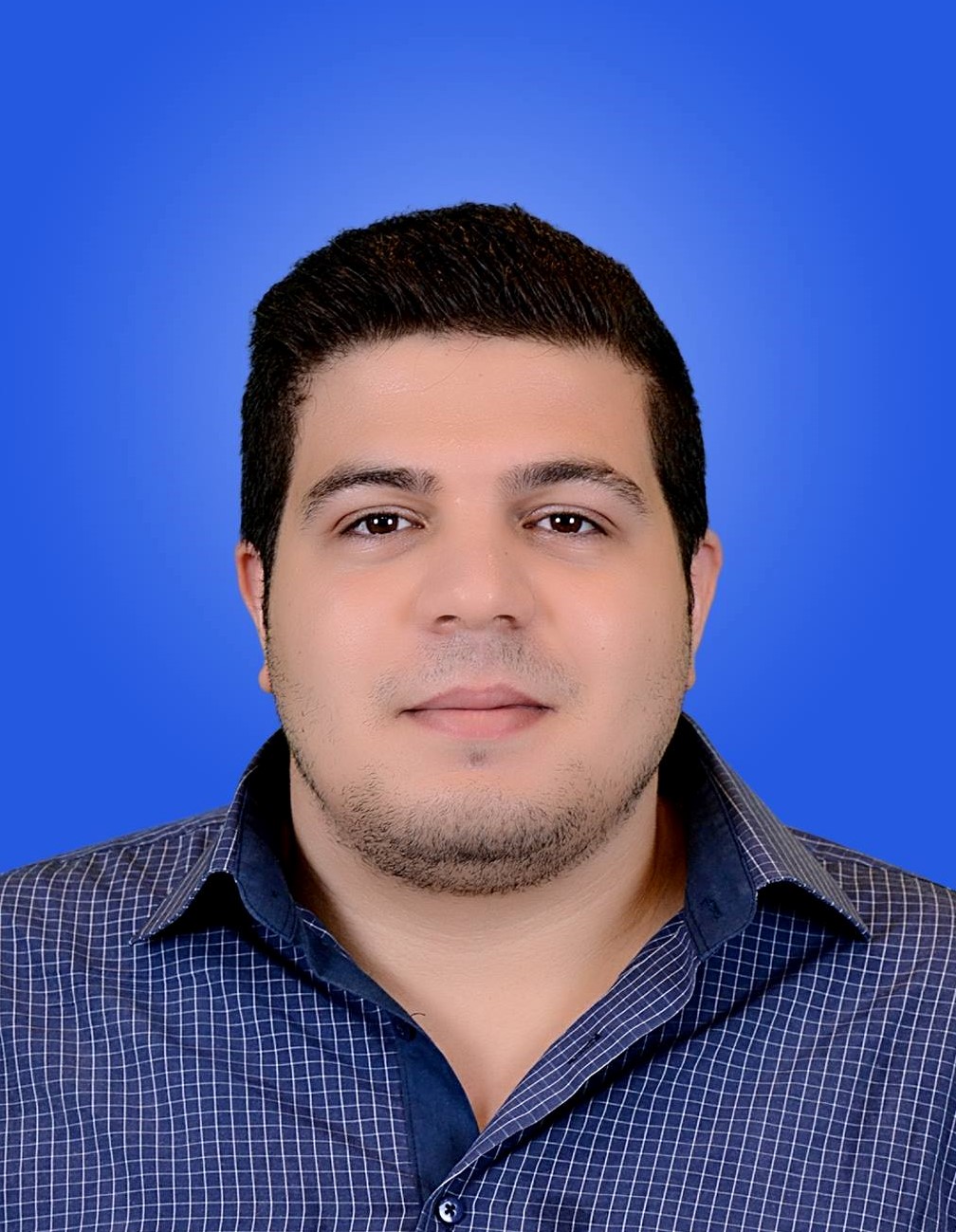Expert Sharing

Prof. Dr. Dhabaleswar K. (DK) Panda
University Distinguished Scholar of Computer Science and Engineering
Ohio State University, USA / X-ScaleSolutions
DK Panda is a Professor and University Distinguished Scholar of Computer Science and Engineering at the Ohio State University. He has published over 500 papers in high-end computing and networking. The MVAPICH2 (High Performance MPI and PGAS over InfiniBand, Omni-Path, iWARP, RoCE, and EFA) libraries, designed and developed by his research group (http://mvapich.cse.ohio-state.edu), are currently being used by more than 3,200 organizations worldwide (in 89 countries). More than 1.49M downloads of this software have taken place from the project's site. This software is empowering several InfiniBand clusters (including the 4th, 10th, 20th, and 31st ranked ones) in the TOP500 list. MPI-driven solutions for providing high-performance and scalable deep learning for TensorFlow and TensorFlow frameworks are available from http://hidl.cse.ohio-state.edu. Solutions to accelerate Big Data applications are available from http://hibd.cse.ohio-state.edu. Prof. Panda leads one of the recently funded NSF AI Institutes – ICICLE (https://icicle.osu.edu) to design intelligent cyberinfrastructure for next-generation systems. Prof. Panda is an IEEE Fellow. More details about Prof. Panda are available at http://www.cse.ohio-state.edu/~panda.
Speech Title: Designing High-Performance and Scalable Middleware for HPC, AI and Data Science based on MPI: The MVAPICH2-based Approach
This talk will focus on challenges and opportunities in designing middleware for HPC, AI (Deep/Machine Learning), and Data Science for On-premise HPC and Cloud systems with advances in networking and accelerator technologies. For the HPC domain, we will discuss about the challenges in designing runtime environments for MPI+X programming models by taking into account support for multi-core systems (Xeon, ARM and OpenPower), high-performance networks (InfiniBand and RoCE), GPUs (including GPUDirect RDMA), and emerging BlueField-2 DPUs. Features, sample performance numbers and best practices of using MVAPICH2 libraries (http://mvapich.cse.ohio-state.edu) will be presented. For the Deep/Machine Learning domain, we will focus on MPI-driven solutions (http://hidl.cse.ohio-state.edu) to extract performance and scalability for popular Deep Learning frameworks (TensorFlow and PyTorch), Machine Learning frameworks (cuML) and large out-of-core models. Accelerating Deep Learning applications with Bluefield-2 DPUs will also be presented. MPI-driven solutions to accelerate data science applications like Dask (http://hibd.cse.ohio-state.edu) will be highlighted. Finally, we will outline the challenges and experiences in deploying this middleware to the HPC cloud environments for Azure, AWS, and Oracle.
Professional Sharing

Mr. Jacob Thomas
Business Director,
Novorient Sdn Bhd
Jacob received his Computer Science degree from UTM in 1991 and started his ICT career as a systems programmer in Esso Production Malaysia Inc (now ExxonMobil) where he was
working on IBM mainframes and HP minicomputers to support business critical systems. He moved on to become an ICT infrastructure consultant where he helped to plan, design and
project-manage the implementation of ICT infrastructure and information security projects for clients in various sectors including financial, healthcare, transportation and government. Between 2007-2010, he led a team in managing Malaysian Government's Open Source Competency Centre (OSCC) in Cyberjaya to accelerate Open Source Software adoption within
the public sector.
Currently, he is the Business Director at Novorient Sdn Bhd, a company that provides ICT consultancy and solution integration in Artificial Intelligence/Deep Learning, GPU Computing, Enterprise Open Source Software, High Performance Computing and Data Centre/Networking solutions, among others. He is certified as a SABSA Chartered Architect, a recognition in the field of Enterprise Security
Architecture.
Speech Title: Trends in AI & Scientific Computing/HPC and Its Convergence

Dr. Norazrin Ariffin
Researcher
Universiti Putra Malaysia
Dr. Norazrin Ariffin is a senior lecturer in Department of Agriculture Technology, Faculty of Agriculture. She obtained her first degree in Biochemistry (2004) and master degree in Plant Biotechnology in 2008, both from UKM. To follow her passion in research, she worked as research officer in Institute Pertanian Tropika, UPM from 2009 to 2014. In 2014 she was appointed as Tenaga Akademik Muda (TAM) and awarded a scholarship by Ministry of Higher Education to pursue PhD in Bioinformatics in University of Manchester where she finally graduated in 2020. She worked on the analysis of transcriptomics and proteomics data to improve genome annotation with bioinformatics as medium of analysis. During PhD studies, she has undergone several international conferences both in the UK and Tangier, Morrocco where she represented the UK contingent in Big Data for Biological Data.
Speech Title: Proteogenomic Analysis of MD2 Pineapple to Improve Genome Annotation
MD2 pineapple (Ananas comosus) is the second most important tropical crop that preserves crassulacean acid metabolism (CAM), which has high water-use efficiency, and is fast becoming the most consumed fresh fruit in the United Kingdom. Despite the significance of environmental efficiency and popularity, until very recently, its genome sequence had not been determined and a high quality annotated proteome has not been available. Here we have undertaken a pilot study analysing the proteome of MD2 pineapple using Liquid Chromatography coupled with Mass Spectrometry (LC-MS/MS) and identified peptides and candidate proteins using SearchGUI and PeptideShaker which combine three different search engines; X!Tandem, OMSSA and Comet. The searches were conducted against two protein sequence databases; one predicted from the official genome sequence annotation, and one predicted from a set of consensus sequences derived from Next Generation Sequencing (NGS) transcriptomics, to help improve the genome annotation. The output from both datasets was further analysed to examine common protein identifications and also those unique to each database. In total, 1,259 proteins in the annotated V3 genome sequenced in 2015 had supporting peptide evidence from the proteomics study. However, 16 cases were found where protein identifications where exclusive to the transcriptome-derived database and were not found in the standard proteome annotated from the V3 pineapple genome sequence. A further 334 transcript-derived protein identifications were found in common with the annotated V3 pineapple genome. The MD2 transcripts were also compared to the MD2 pineapple genome which was subsequently released in 2016 resulting in 260 non overlapping peptides with either of the genomes. In total, these peptide identifications led to 7 high-quality gene candidates that are novel to both of the pineapple genomes but have good gene structure and homologues in monocot plants. The analyses suggest that transcript-derived proteomics is a productive method to discover both novel genes and genetic structure that is currently missing from the V3 pineapple genome annotation and can help improve its annotation.
HPC Experience and Challenges

Mr. Balbir Singh
Researcher
Universiti Putra Malaysia
Balbir Singh is a senior Assistant Professor in Aerospace Engineering at the Department of Aeronautical and Automobile Engineering, Manipal Institute of Technology, Manipal Academy of Higher Education, India. He is currently an aerospace researcher in the Department of Aerospace Engineering, Faculty of Engineering. Universiti Putra Malaysia. He has good number of publications and grants in his favour. His research focus on insect inspired miniaturized robots for planetary studies, advanced aerospace materials, high performance computing, unsteady aerodynamics, space debris removal and space systems engineering.
Speech Title: HPC and Biomimetic (Aerospace Eng.)
High-performance computing has traditionally been the domain of physicists, chemists, and astrophysicists, who have dominated the use of the world's largest computing systems. Biomimetics is a multidisciplinary field that combines principles from physics, computer science, and biological sciences to produce some of the most artificially created biological creatures that are nearly identical to their natural counterparts. HPC systems are now evolving to fulfill biomimetic needs, assisting in the understanding of the complex science behind their motion, particularly at lower size scales, through the development of new hardware and software components that enable more sophisticated data usage. With examples and case studies, this talk focuses on how HPC can help enhance biomimetics research and development.

Mr. Mohammed Manahi
Researcher
Islamic University Malaysia (IIUM)
Mohammed has received his Master of Computer Science (MCS) specializing in Natural Language Processing (NLP) and Programming Language Processing (PLP) at the International Islamic University Malaysia (IIUM). His interests are machine learning for NLP and PLP as well as back-end web development based on agile software processes. His goal is to continuously develop software that follows software engineering rules, community standards and ethical concerns.
Speech Title: HPC and Deep Learning
Deep learning is not a new research field; however, it has drawn attention due to breakthroughs that have been achieved recently in many research fields such as Computer Vision (CV) and Natural Language Processing (NLP). Such advancements would not be able to shine without powerful computing capabilities such as Graphical Processing Units (GPUs) which reduce the computational cost and boost up building deep learning models. In this session, we shed some light on leveraging how GPUs utilise parallel computing to speed up the training of Long Short-Term Memory (LSTM), one of the neural network architectures that requires a very long training time and computational power. We are going to demonstrate the NVIDIA CUDA Deep Neural Network library (cuDNN) to speed up the training of an LSTM model and benchmarking the results compared to CPU training.
Experienced Trainer

YM Raja Azlina Raja Mahmood
Researcher
Universiti Putra Malaysia
A lecturer and has huge interest in networks security as well as machine learning. Been using Python and teaching it for years to the undergraduates. Have conducted few Python workshops to the high school teachers and students as part of the social contribution activities. Currently doing my PhD works related to networks security and use Python extensively in my work. Am a Huawei certified academy instructor and hold a Huawei Certified ICT Associate (HCIA) certification in Cloud Computing.







